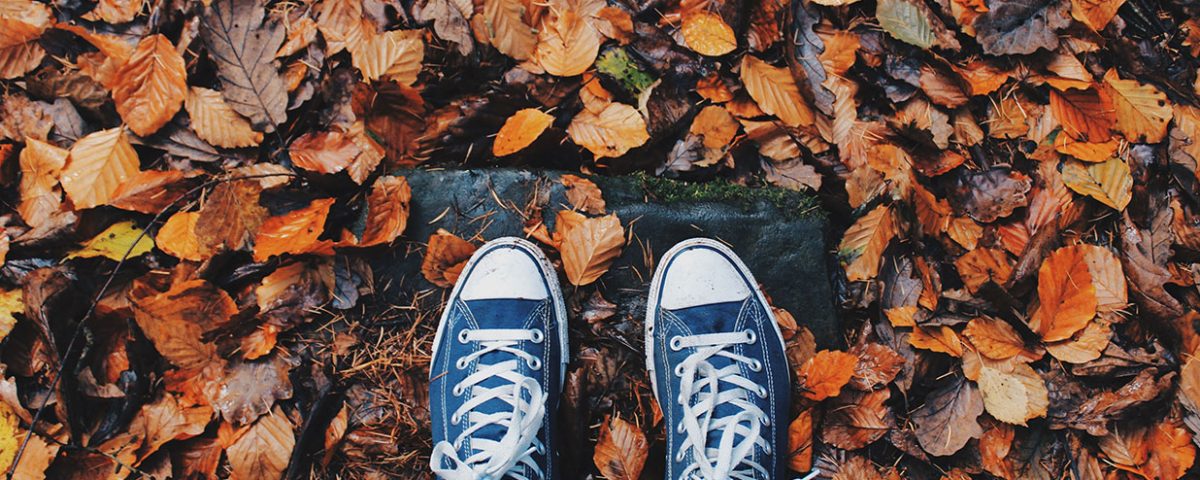The cooler months are fast approaching; before we know it Halloween, Thanksgiving and Christmas will be here.
The clocks will be turning backwards and the days will be growing shorter. For many, this time of year is one of joy and love, as families reunite for the holidays and vacations take place. For some, however, these colder, darker months are a time when deep depression sets in. It can happen every year, like clockwork, usually beginning and ending around the time same. There’s a name for the drastic change in mood that some people experience: Seasonal Affective Disorder (SAD). SAD is a clinical diagnosis that is officially recognized by the DSM V (the diagnostic manual of mental disorders), and professionals believe it may affect up to 10% of the population.
Seasonal Affective Disorder, which is also known as Seasonal Depression, is typically characterized by increased levels of fatigue, depression, hopelessness, and social isolation during the winter months (according to the Mayo Clinic). Those who are affected can experience extreme anxiety, loneliness, changes in appetite, and weight gain, among many other symptoms. While it’s important to seek professional mental health treatment if you are struggling with a mental health disorder of any kind, there are things you can do to combat SAD. Channing Marinari, LMHC, QS, MCAP, ICADC, of Behavioral Health of the Palm Beaches (www.bhpalmbeach.com ) provides advice below.
Take advantage of sunlight-
Wake up earlier each morning, or make it a point to go for an afternoon walk. This can help regulate the hormones that can become unbalanced when a person experiences seasonal depression, and can help combat worsening mood.Exercise-
Exercise can help fight all forms of depression, and with SAD there’s an added bonus if it can be done outside during sunlight. It helps release endorphins and balances serotonin levels, which both decrease when a person experiences SAD.Cut out the alcohol-
Alcohol is known to increase the occurrence of both depression and loneliness. If you’re in recovery and already abstaining entirely, continue to do so. If not, consider abstinence from the substance in order to help benefit your mental state.Eat a balanced diet-
Make sure to include protein, fiber, fruits, and vegetables. This can lead to an improvement when fighting depression. Check out our other blogs on food that improve brain function for some more in depth information.Practice mindfulness-
This includes relaxation, meditation, and breathing techniques. Meditation can actually change neural pathways in the brain, which can help reduce stress and improve relaxation.
Seasonal Affective Disorder affects millions people each year during the fall and winter months, when there is less natural sunlight during waking hours. It is believed that symptoms worsen in correlation with the length of winter days. As the days get shorter, depression becomes worse. If you are struggling with seasonal depression, seek the help of a mental health professional to determine the best course of action.









